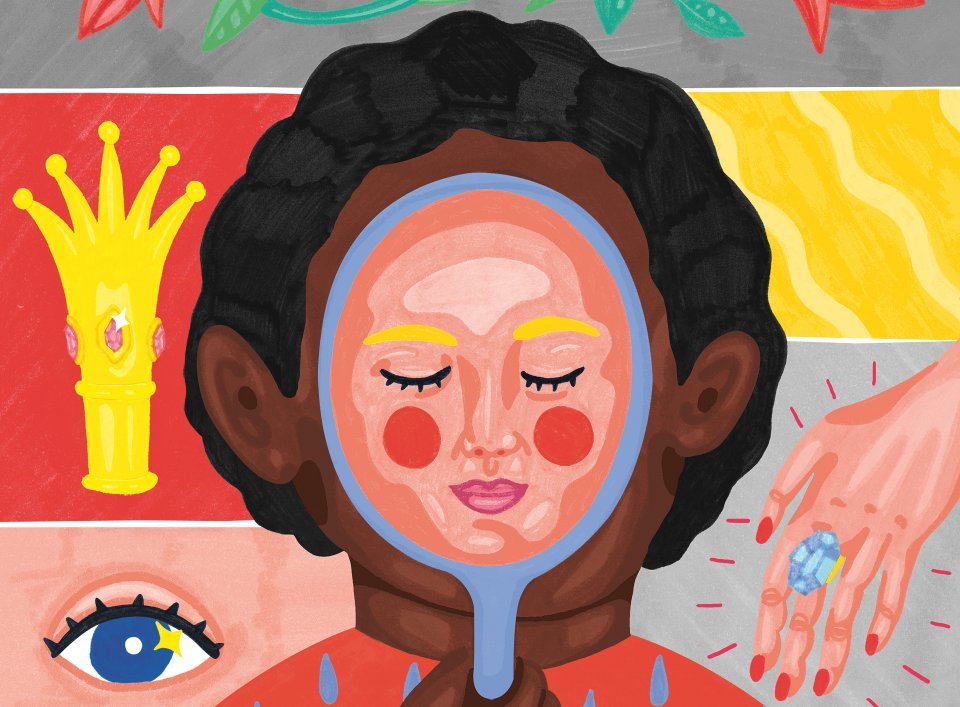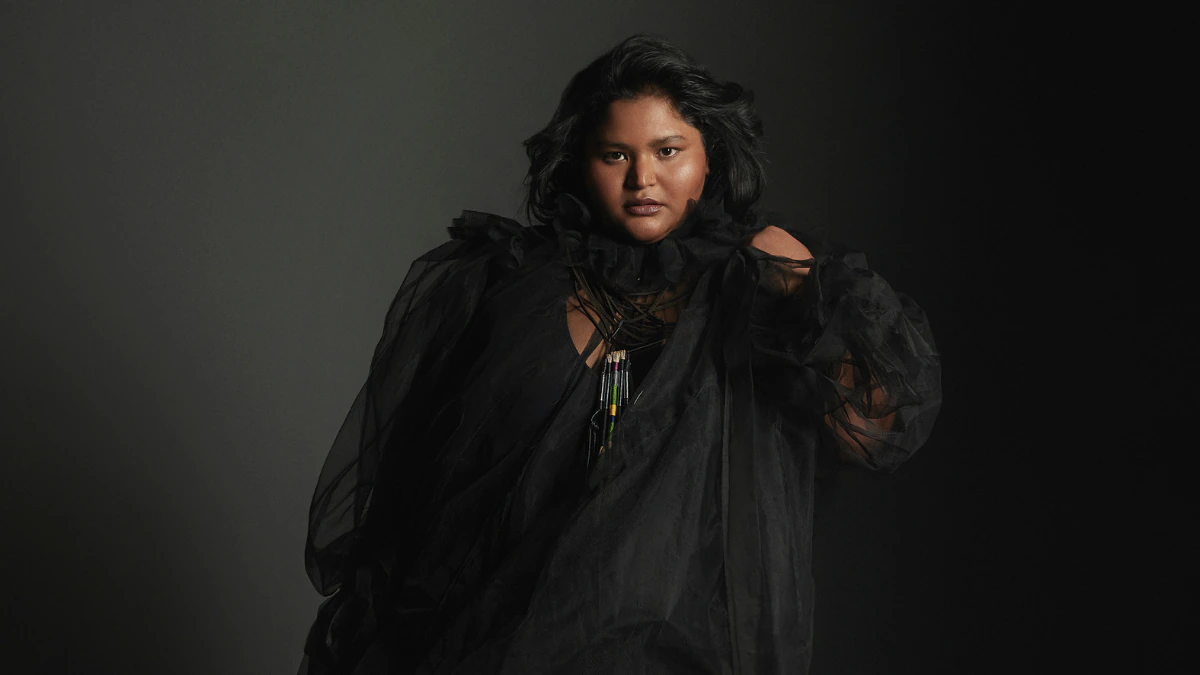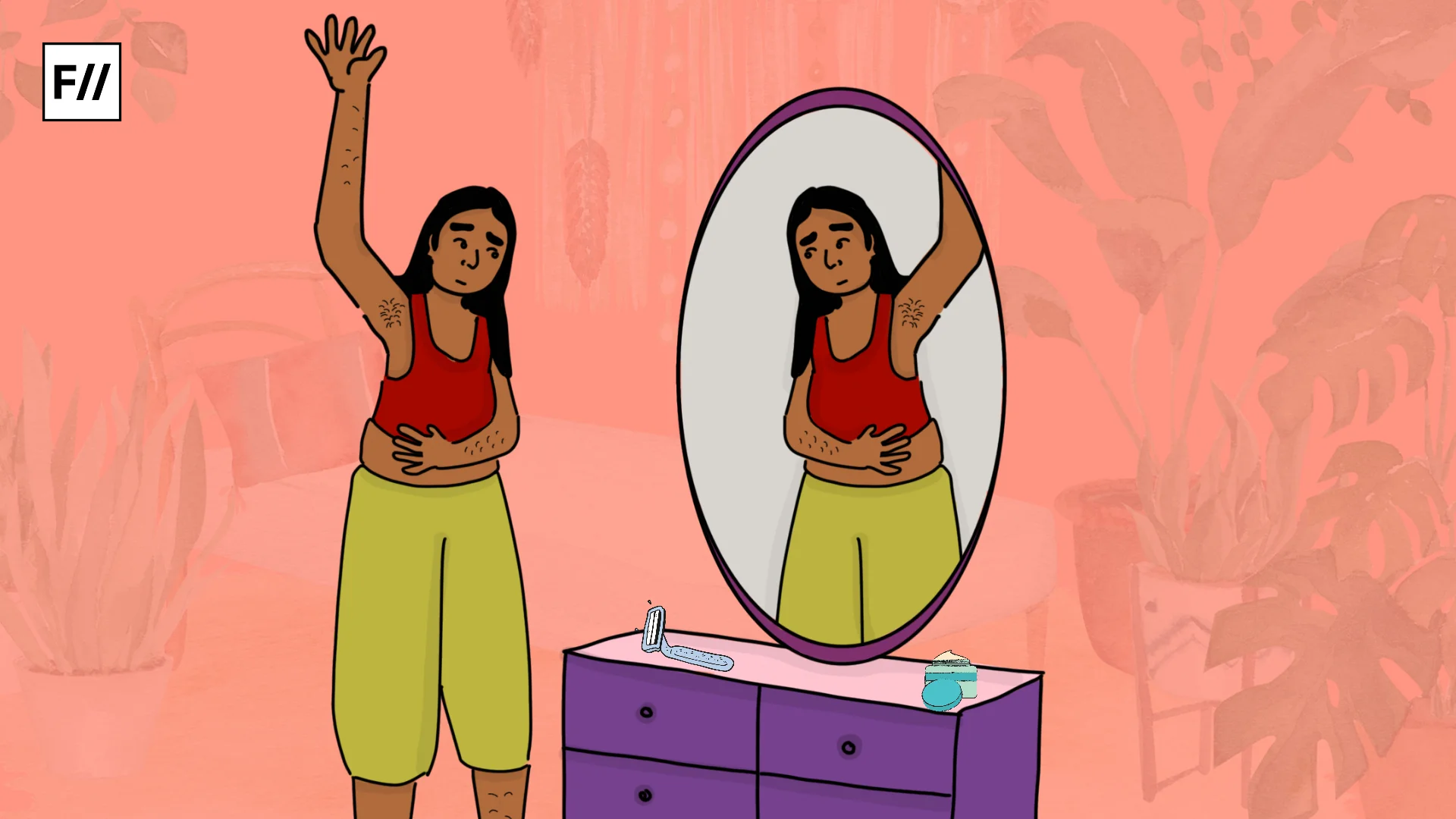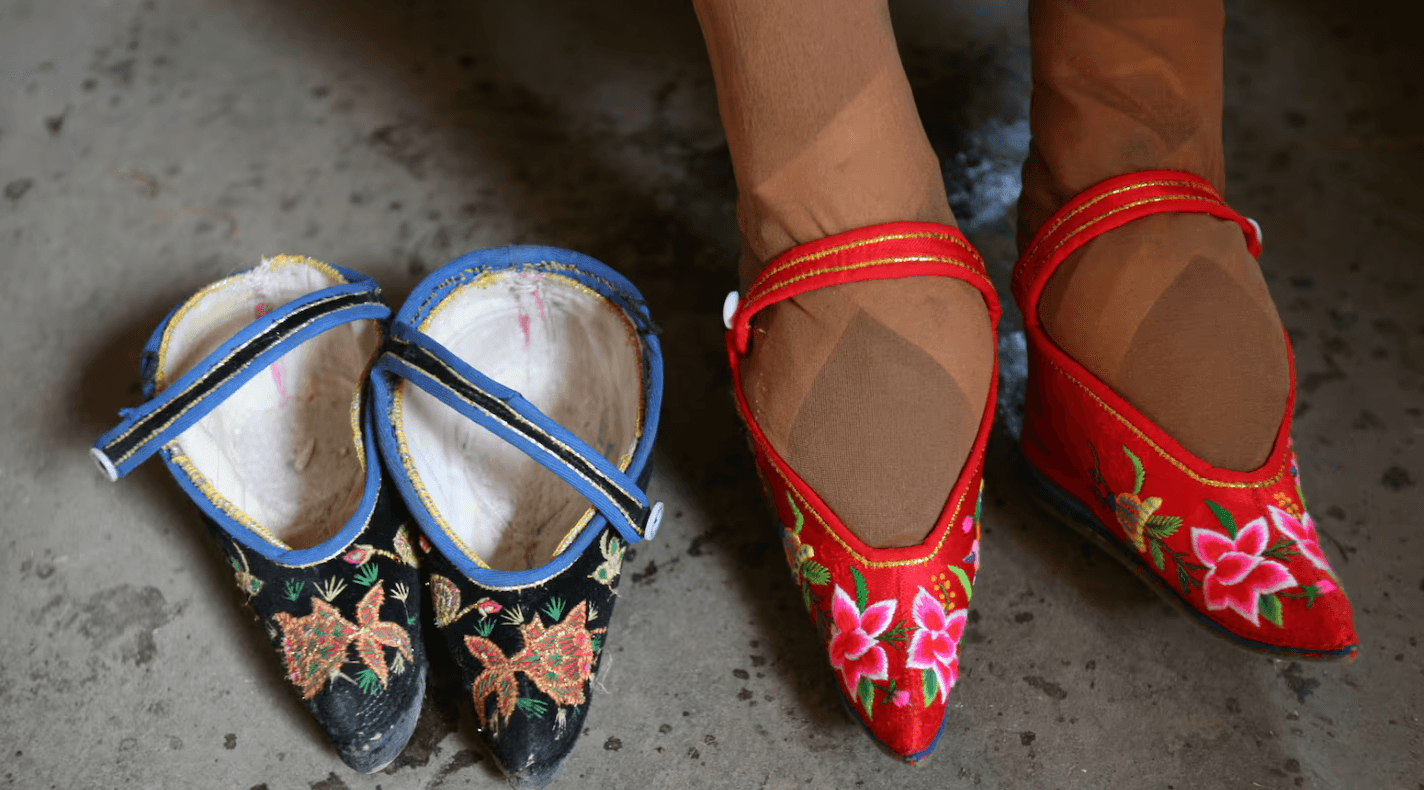“And a more striking be imagined, than the beautiful English face of the girl, and its exquisite fairness…contrasted with the sallow and bilious skin of the Malay, enamelled and veered with mahogany, by marine air, his small, fierce, restless eyes, his thin lips…”
Reading those lines for a module I was studying at my British university really hit me hard. It’s not easy to see yourself represented as the binary opposite of beauty. This is an excerpt from Confessions of an English Opium-Eater, which was written in 1823. However, just as our entire concept of race today has been shaped by
These racist notions have since taken root in modern day society across the world, thanks to the global dominance of the North. In the 21st century, we rarely get these blatantly racist texts that explicitly describe a non-white person as ‘ugly’ anymore. Instead, what we have are advertisements that market lighter skin to us. We have billboards splashed with the skinny, white, blonde, blue-eyed woman – the ‘American dream’ girl, leaving no room for our darker skinned selves. We have articles commenting on how pretty Ivanka Trump’s skinny nose is. We have flat, straight hair being portrayed as the ideal in almost every single shampoo commercial.
Capitalism And How It Furthers Eurocentric Beauty Standards
Capitalism has been a nightmare for those of us who don’t fit the normative, Eurocentric beauty ideals. It has created a vicious cycle – they sell what they think we want, and what we want is controlled by their advertisements and constructed ideals. Women of colour all around the world look at these beauty products and internalise society’s idea of what a beautiful woman is. The natural hair movement that started in the 60s and 70s in America is one example of non-white women pushing back against these racist beauty standards and celebrating themselves. But we have so much more work to do. It’s still easy for young girls around the world to look at the screen and see only light-skinned women, even in non-European countries.
How do we fight against this suffocating hegemony to see the beauty in our own facial features?
In mainstream Bollywood films, the lead actress almost always has light skin. In fact, darker-skinned characters are often the butt of a bad joke. This is not how we want dark-skinned young girls to view themselves. No one should have to buy skin-lightening products just to feel beautiful. These issues are even more prevalent in the West, where one is surrounded by white women who are celebrated for their beauty over women of colour. How do we fight against this suffocating hegemony to see the beauty in our own facial features?
Representation Matters
Coming to the United Kingdom as a half-Chinese, half-Indian Singaporean woman has made me realise what women of colour go through here. It’s difficult to separate yourself from what the country you live in is constantly telling you – that you are not good enough. Your white peers often idolise white women for their beauty, which is natural for them I guess; given the choice, I would also love for brown and black girls to idealise women of their own racial group. In reality, however, one needs to retreat from society for a while in order to find non-Eurocentric versions of beauty. You need to deliberately look for that specific ‘diverse’ magazine or the one TV show to see women of your own skin colour.
Producers Tend to hire white actresses and models which sends the message that only white women deserve to be on screen and in our magazines.
Watching British television, in particular, has been disappointing – there are barely any leading women of colour. Killing Eve was probably the first program where I had seen an Asian face on British television. Young Black and Asian British girls have not had a chance to see themselves on national media. Where are the brown Desi women with gorgeous, thick hair that doesn’t
Representation matters for people of colour, not just because it makes people feel seen, but also because whatever is represented positively in the media is what people will strive for. I’m not saying that young black and Asian can’t strive to be like a badass white female superhero or model. But they should also strive to be themselves. They should see white women, as well as dark-skinned women, women with hijabs, women with disabilities – all of which can be and are beautiful.
References
Featured Image Credits: Isabel Leal Bergstrand
About the author(s)
Beverly Devakishen is a final year student at the University of East Anglia studying Literature and History. She is interested in Asian history, as well as issues around gender and sexuality. She is deputy editor for The Queer Review and has done journalism internships at newspapers such as The Guardian.




